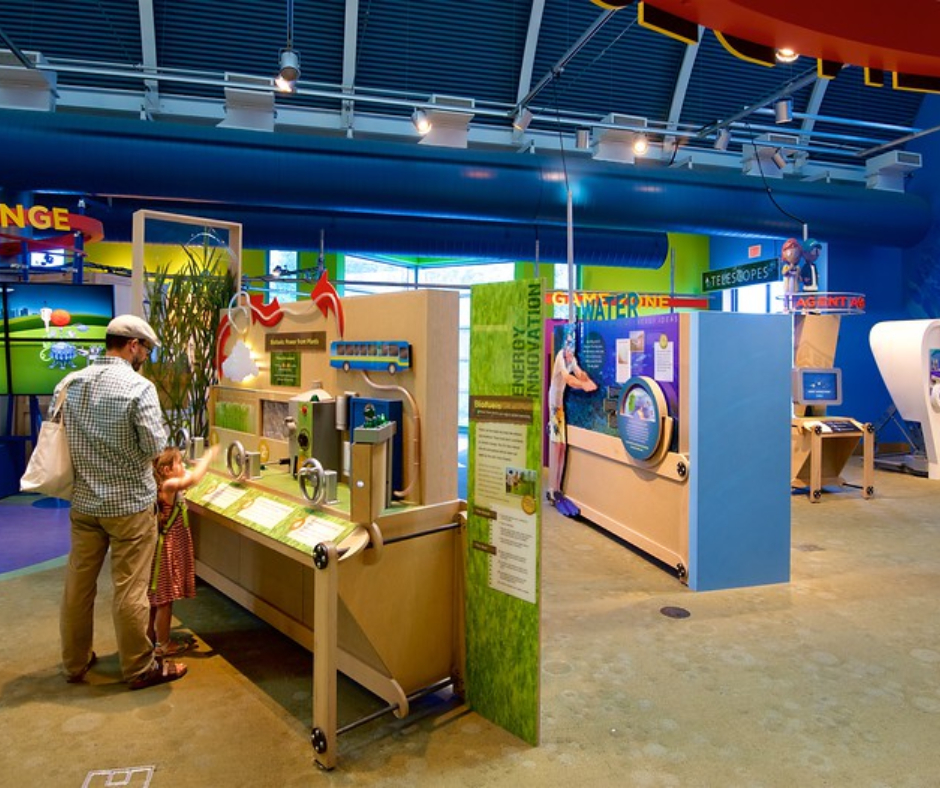The Chabot Space & Science Center, located in the verdant hills of Oakland, CA, offers an immersive experience of the captivating world of astronomy.
This 86,000-square-foot, state-of-the-art facility houses interactive exhibits, a digital planetarium, and a research-level observatory, creating an environment ripe for scientific exploration and discovery.
While it is intriguing to explore the intricacies of our universe through the center’s hands-on exhibits, the real allure lies in the opportunity to observe the night sky through powerful, publicly accessible telescopes.
As we embark on this discussion, you might find yourself wondering: What celestial wonders could one encounter during a stargazing adventure at Chabot? The answer lies just beyond the horizon.
Center’s Interactive Exhibits
Delving into the heart of Chabot Space & Science Center, one encounters a plethora of interactive exhibits that ingeniously blend education and entertainment, offering visitors an immersive journey into the mysteries of the cosmos.
Visitors are invited to explore the depths of the universe through exhibits such as Touch the Sun, where they can engage with real-time solar data. The Planetarium provides a domed universe, allowing guests to voyage through galaxies and observe celestial bodies in high resolution, while the Discovery Lab offers hands-on learning for young and curious minds.
The Center is an inviting community, that promotes shared learning and discovery. As such, it stands not just as a beacon of scientific exploration, but also as a place of belonging and engagement.
Night Sky Observation Tips
Peering into the vastness of the night sky can be a truly mesmerizing experience, and Chabot Space & Science Center in Oakland provides visitors with invaluable tips and guidance on how to best observe celestial bodies and phenomena.
Preparation: Knowledge and preparation are key to a rewarding stargazing session.
– Educate yourself: Familiarize yourself with the celestial bodies that will be visible on your stargazing night.
– Equipment: A simple pair of binoculars can greatly enhance your viewing experience.
Observation: The way you observe can significantly influence what you see
– Dark Adaptation: Allow your eyes to adjust to the dark for at least 20 minutes to observe faint objects.
– Patience: Take your time to observe each celestial object, as details often emerge slowly.
READ MORE:



